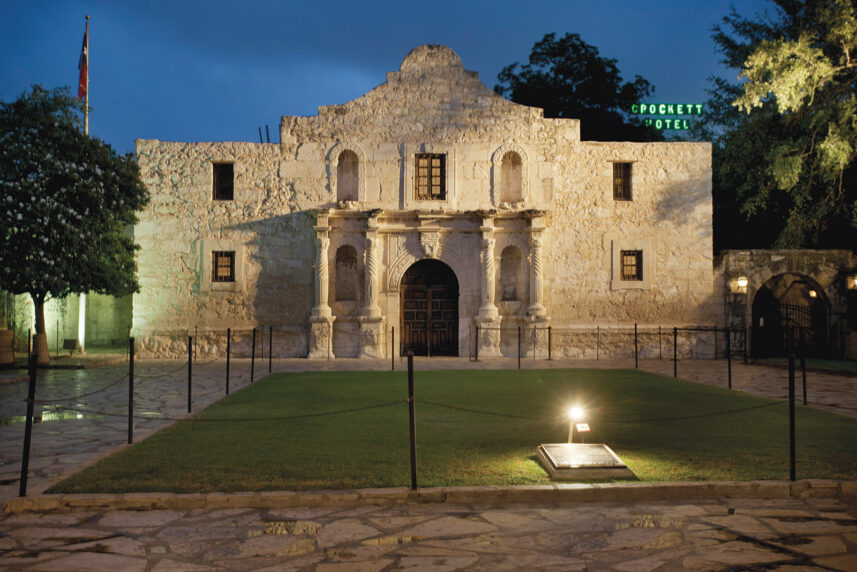Article:
BY MARILYN JONES
Hundreds of museums and historical sites are scattered across this nation, ready to educate you about America’s incredible history. Let’s tour 10 of these destinations—which also offer engaging attractions, beautiful scenery and tantalizing culinary experiences—in chronological order of their historical significance.

St. Augustine, Florida
visitstaugustine.com
Founded on September 8, 1565, St. Augustine is the oldest continuously occupied settlement of European and African-American origin in the U.S.—older than Jamestown, Virginia, and Plymouth, Massachusetts.
Two sightseeing trolley companies there will whisk you to all of the city’s historical attractions, including the Fountain of Youth, Colonial District and oldest masonry fort in the U.S. (and the only standing 17th-century military construction)—Castillo de San Marcos. Costumed interpreters add to the fun as you explore Spanish history.
Fun Food Fact: The Corks & Forks Strolling Tour offers a three-hour culinary tour of the city with food and wine pairings at five venues. Between stops, guests learn about the city.
San Antonio, Texas
visitsanantonio.com
The first civilian settlement in Texas, Presideo San Antonio de Béjar, was founded in 1718 by Spanish priests bringing Christianity to the Payaya Native Americans. The five UNESCO World Heritage Site missions include Mission San Antonio de Valero (the Alamo) and represent the largest concentration of Spanish colonial missions in North America. While you’re there, be sure to also visit the San Fernando Cathedral, founded in 1731, and the Spanish Governor’s Palace, constructed in the early 18th century.
Fun Food Fact: The city’s No. 1 Mexican restaurant, Pollos Asados Los Norteños, began as a fundraiser for a Mexican church in 2006. The entire family got involved. You’ll also find plenty of dining options along the San Antonio River Walk, known to be the No. 1 attraction in all of Texas.
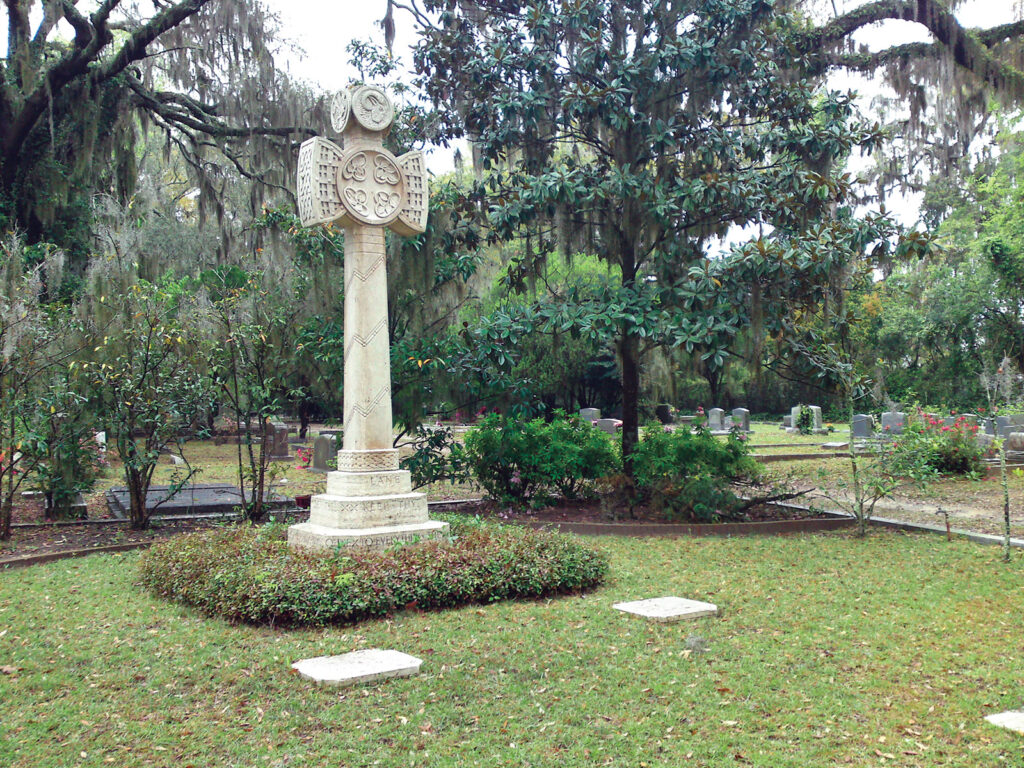
Savannah, Georgia
visitsavannah.com
General James Oglethorpe established the 13th colony, Georgia, in 1733 by the Savannah River. When you arrive, take in the beautiful centuries-old mansions and gardens that surround the city’s storied squares. Don’t miss Forsyth Park, with its iconic fountain dating to 1858. Explore the city’s world-famous Pirates’ House on E. Broad Street, which first opened in 1753 as an inn for seafarers, and quickly became a meeting point for pirates and sailors sailing the seven seas. Many readers of Robert Louis Stevenson’s “Treasure Island” believe that The Pirates’ House was the inspiration for where wicked Captain Flint died.
Fun Food Fact: The Pirates’ House, known to be haunted by its former occupants, also offers a delicious Southern luncheon buffet. Or, you can order one of “Captain Flint’s Favorites.” Moon River Brewing Company on W. Bay Street serves libations and offers casual dining in a building constructed in 1821 that is rumored to be the most haunted building in Savannah.
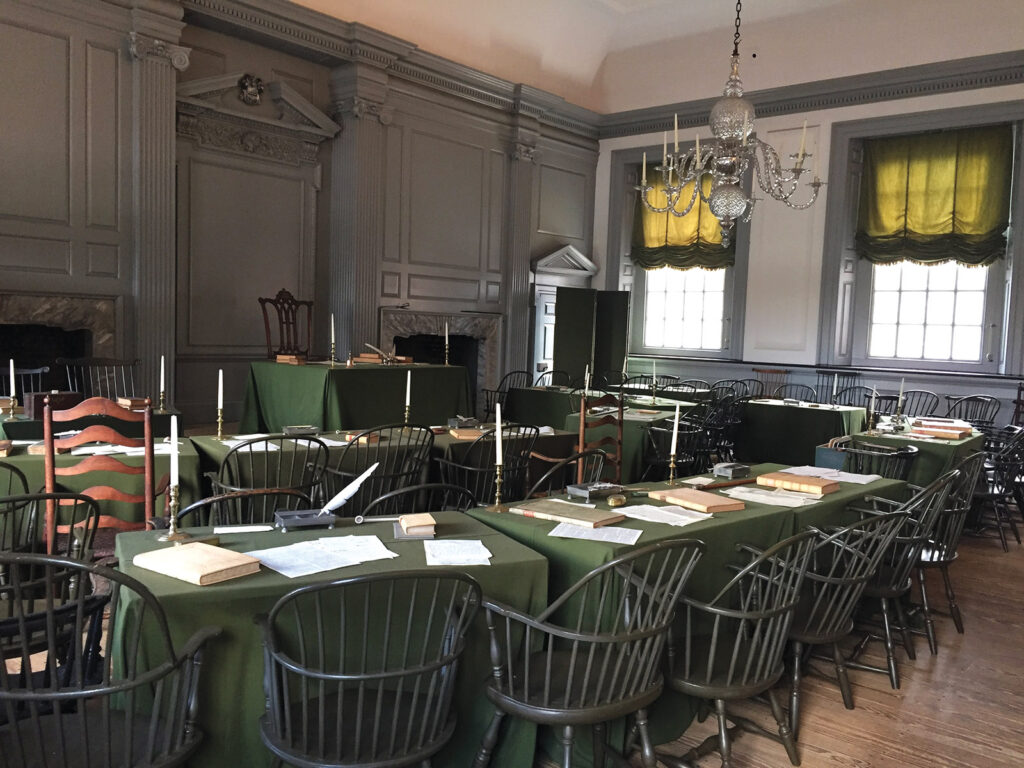
Philadelphia, Pennsylvania
visitphilly.com
Philadelphia’s Historic District encapsulates both city and national history. Start your tour at Independence Visitor Center, where you can pick up a timed ticket to Independence Hall to see where the Declaration of Independence was signed in 1776. Then visit the Liberty Bell, Benjamin Franklin Museum and Museum of the American Revolution.
Learn about the history of the U.S. Constitution at the National Constitution Center, where interactive exhibits, hands-on activities and a live performance focus on this history.
Fun Food Fact: The famous Philadelphia cheesesteak began as a steak on a hoagie roll in the 1930s. It was Joe Lorenza who added cheese to it in the 1940s. John’s Roast Pork and Pat’s King of Steaks are two popular places to devour one.
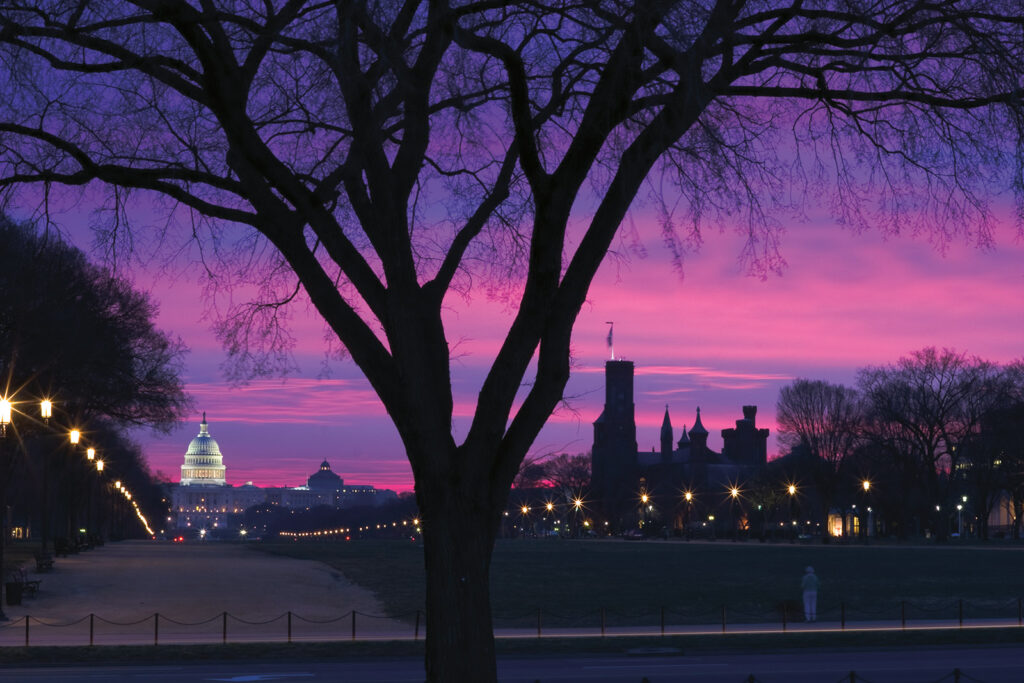
Washington, D.C.
washington.org
An obvious destination for learning about the country’s history, Washington, D.C. became our nation’s capital on July 9, 1790. In addition to the U.S. Capitol building, it’s home to memorials honoring past presidents and wars, historic buildings, the Smithsonian’s National Zoo and the Smithsonian Institute museum complex. The National Museum of American History, home to more than 1.8 million objects and more than three shelf-miles of archival collections, consists of items such as the original copy of “The Star-Spangled Banner,” the first artificial heart, Dorothy’s ruby slippers from “The Wizard of Oz” and one of President Abraham Lincoln’s top hats.
Fun Food Fact: The Lincoln restaurant at 1110 Vermont Avenue NW serves American cuisine in a presidential environment featuring portraits of President Lincoln, shiny pennies covering the floor and tables, and “food of the people, by the people, for the people.”

Vicksburg, Mississippi
visitvicksburg.com
One turning point in the Civil War was the Vicksburg battle. President Abraham Lincoln called Vicksburg “the Key” to the South because of its position on the Mississippi River. Vicksburg National Military Park allows visitors to visualize the 47-day battle. Confederate Lt. Gen. John C. Pemberton surrendered to Union Gen. Ulysses S. Grant on July 4, 1863.
Tour one of Vicksburg’s many antebellum homes and add the Old Court House Museum to your must-see list. You’ll come away with an appreciation of what residents went through during the siege, including taking refuge in caves.
Fun Food Fact: One of the best places to see the sunset over the Mississippi River is 10 South Rooftop Bar & Grill, a fun and casual restaurant in downtown Vicksburg.
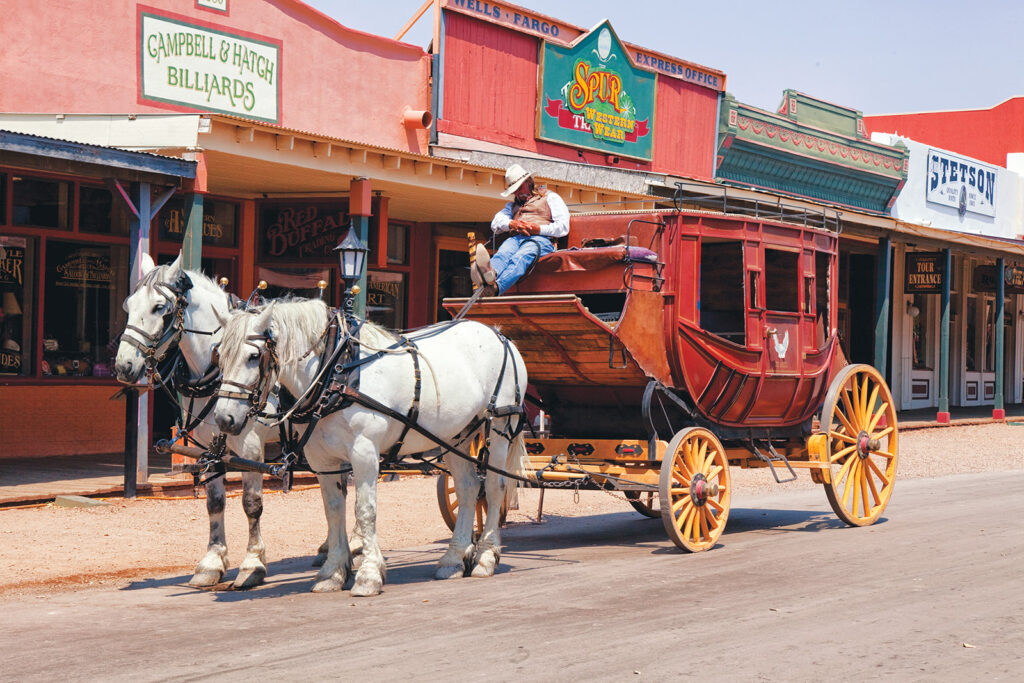
Tombstone, Arizona
visitarizona.com/places/cities/tombstone
Tombstone became a boomtown in the Arizona desert after a silver mining strike in the late 1870s. It’s most infamous for a shootout at the O.K. Corral involving Tombstone Marshal Virgil Earp, along with his younger brothers, Morgan and Wyatt; Wyatt’s associate Doc Holliday; and a gang of ruthless cowboys. Actors recreate the 30-second gunfight three times a day. Visitors can also check out the Bird Cage Theatre, where more than 140 bullet holes offer proof of the building’s violent past spanning 150 years.
Fun Food Fact: Fine dining was available in Tombstone during the late 1800s. Restaurants brought fresh shrimp and oysters from California to Tucson in refrigerated train cars, then transported them to Tombstone.
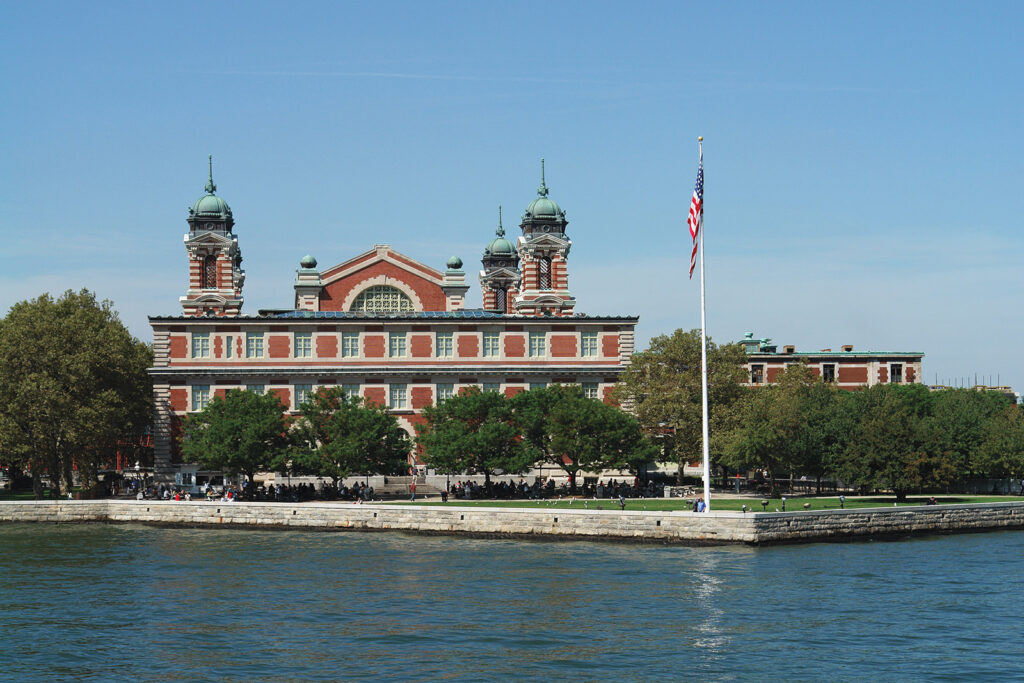
Ellis Island, New Jersey
statueofliberty.org
On January 1, 1892, the U.S. began receiving immigrants in a new complex of buildings on Ellis Island in New York Harbor (located in New Jersey). Inside the Ellis Island National Museum of Immigration, visitors learn about the story of American immigration through photographs, heirlooms and searchable historical records. Visitors touring the Registry Room (also known as the Great Hall), Baggage Room and restored dormitories can better understand the hopeful arrivals eager to find opportunity in this new land.
While you don’t need a ticket to enter the Ellis Island National Museum of Immigration or the nearby Statue of Liberty, tickets are required to board ferries to Ellis and Liberty islands. Purchase ferry tickets at statutecruises.com or call 877.LADYTIX.
Fun Food Fact: The first- and second-class passengers sailing to Ellis Island enjoyed table service in lavish dining rooms, while staff served black bread, boiled potatoes and stringy beef to passengers below those decks.
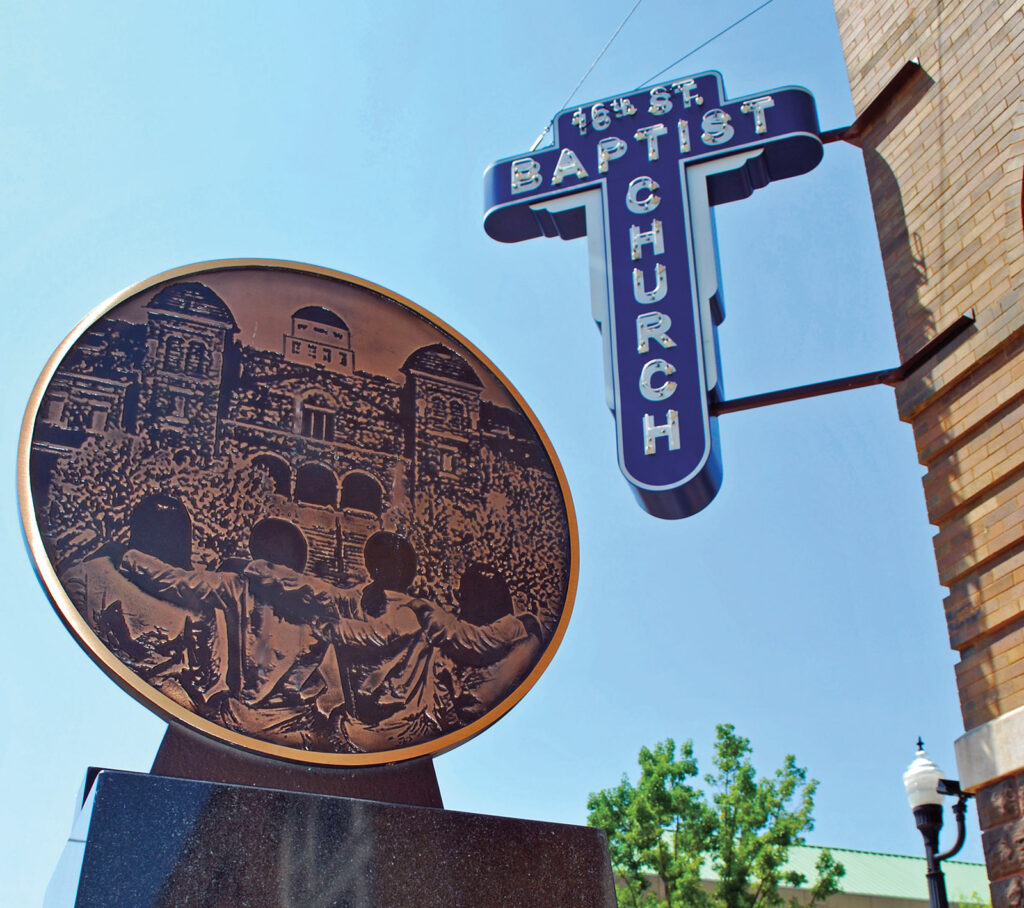
Birmingham, Alabama
birminghamal.org
Birmingham is one of our country’s best places to learn about Civil Rights history. Go to the intersection of 6th Avenue North and 16th Street North to visualize what happened during the 1960s. Beautiful landscaping covers physical scars of what took place there, but the underlying message of individual freedom is rooted in the city’s soul.
The Birmingham Civil Rights Institute tour explains city history, significant events leading up to the Civil Rights Act of 1964, and subsequent struggles involved in it. The 16th Street Baptist Church is the site of the 1963 bombing that killed four little girls and injured more than 20 other church members. Kelly Ingram Park is where, in 1964, peaceful marchers were met by violence from local police and firefighters were ordered to stop the demonstration.
Fun Food Fact: Be sure to try the city’s soul food and the traditional “meat and three”—a choice of one meat and three side choices from a wide range of options. Birmingham’s location allows for restaurants to serve fresh seafood caught in the Gulf of Mexico and produce grown in Appalachia.
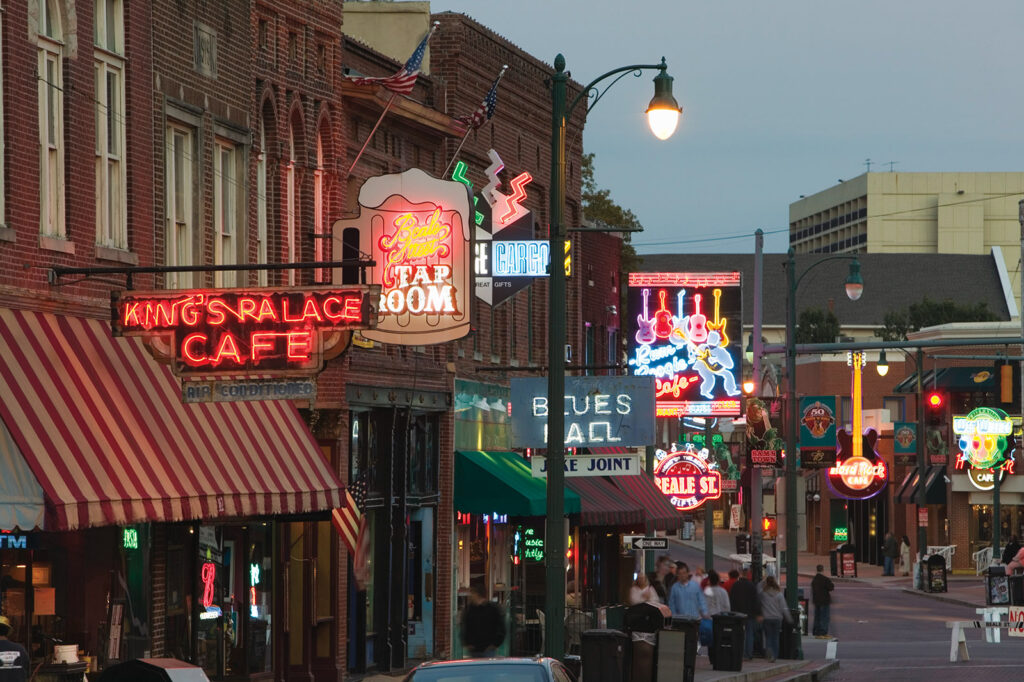
Memphis, Tennessee
memphistravel.com
Music takes center stage in Memphis, whether you’re visiting an attraction, listening to a live performance or strolling down Beale Street, known for its blues music history. Be sure to put Elvis Presley’s Graceland and Stax Museum of American Soul Music at the top of your list, along with Sun Studio, Memphis Rock ‘n’ Soul Museum, Memphis Music Hall of Fame, and the Blues Hall of Fame Museum. Take a musical tour with Backbeat Tours to learn about life in the city during the 1950s and 1960s.
Fun Food Fact: Everyone knows Memphis is famous for its barbeque, but check out Elvis’ favorite sandwich—a fried peanut butter and banana sandwich—at the Arcade Restaurant on Main Street.
Whether you’re traveling to explore our nation’s beginnings, the Wild West or the Civil Rights movement, many U.S. cities play an essential part in keeping America’s storied past alive. Discover additional historic sites at thehistorylist.com/travel.
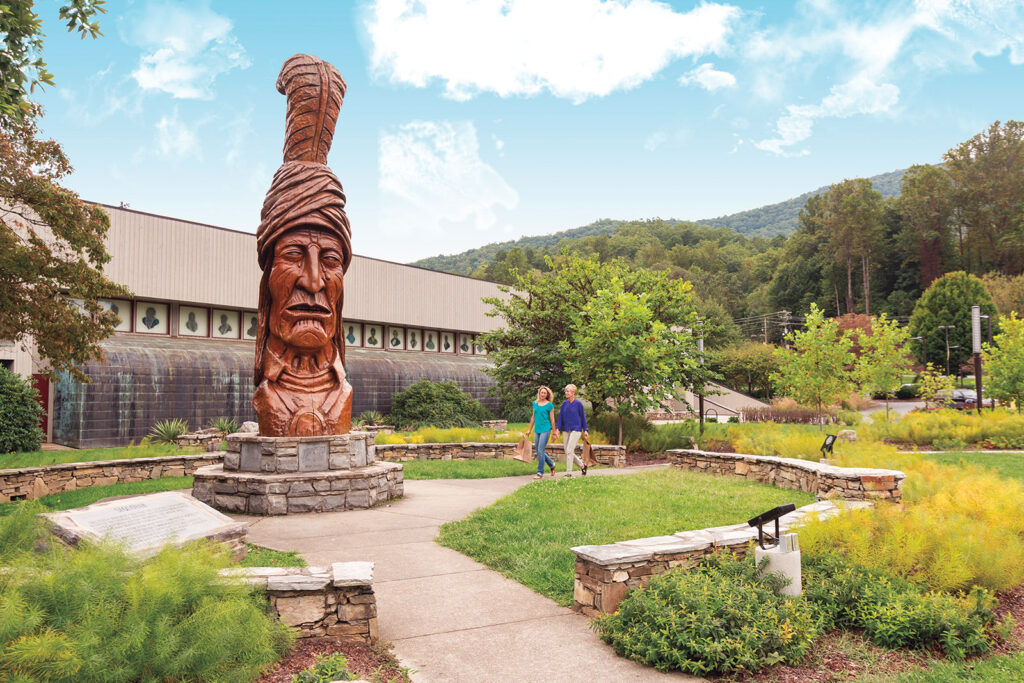
Trail of Tears National Historic Trail
nps.gov/trte/index.htmvisitsanantonio.com
Between the 1830 Indian Removal Act and 1850, the U.S. government used forced treaties and/or U.S. Army action to move approximately 100,000 Native Americans living east of the Mississippi River westward to Indian Territory in what is now Oklahoma. The trails that followed became known as the Trail of Tears, which spans North Carolina, Alabama, Arkansas, Georgia, Illinois, Oklahoma, Kentucky, Missouri and Tennessee. Nearly 16,000 Cherokee, who were among the last tribes to leave, walked to territory further west after being evicted from their homes. Unfortunately, more than a thousand died on the trail. Numerous locations along the trail commemorate this blemish on American history with museums, sculptures and placards.
Fun Food Fact: Corn, beans and squash, referred to by the Iroquois as “the three sisters,” are ancestral Native American ingredients cultivated by many tribes throughout North America for centuries.
